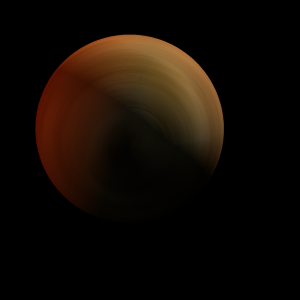|
|
Space Astro
|
Info for exoplanet "Gahipu"
| Scientific (actual) data |
|---|
| Name | 38 Vir b |
| Planet status | Confirmed |
| Mass sini | 4.51 |
| Orbital period | 825.9 |
| Semi major axis | 1.82 |
| Orbit eccentricity | 0.03 |
| Discovered | 2016 |
| Updated | 2017-02-20 |
| Tzero tr | 2455490 |
| Publication | Published in a refereed paper |
| Detection type | Primary Transit |
| Mass measurement type | Radial Velocity |
| Alternate names | HD 111998 b |
| Star name | 38 Vir |
| Right ascension | 193.3° |
| Declination | -3.55° |
| Mag v | 6.11 |
| Star metallicity | 0.07 |
| Star mass | 1.18 |
| Star radius | 1.45 |
| Star sp type | F6 V |
| Star age | 1.9 |
| Star temperature | 6557 |
| Star alternate names | HD 111998, HIP 62875 |
| Wikipedia article | 38 Vir b |
Back
| |
| Fictional info (?) |
|---|
| Suggested name | Gahipu |
| Planet type | Cold planet |
| The smooth Borealis basin in the northern hemisphere covers 35 percent of the planet and may be a giant impact feature. |
| Atmosphere | Nitrogen | 35% |
| Carbonyl sulfide | 21% |
| Krypton | 20% |
| Helium | 20% |
| Carbon monoxide | 4.2% |
| Atmospheric pressure | 0.001 bar |
 |
| No known satellites |
| Google search for Gahipu |
|
Website by Joachim Michaelis
|
|
|
|